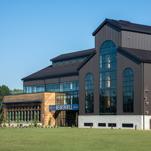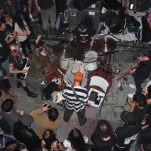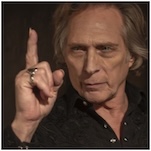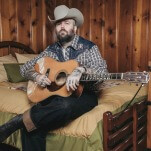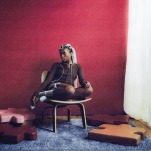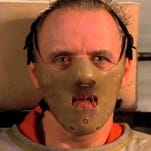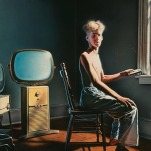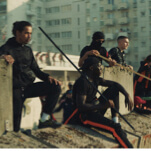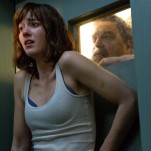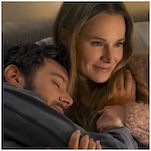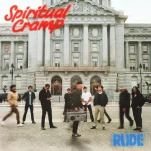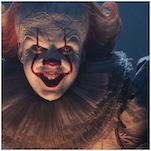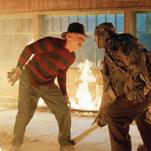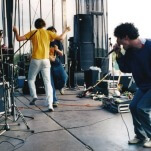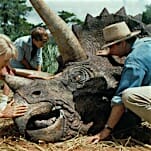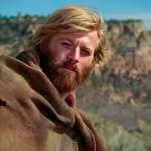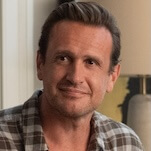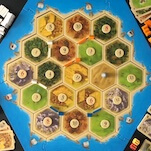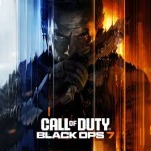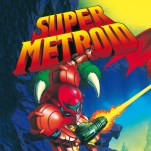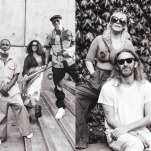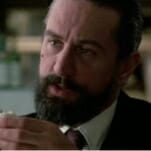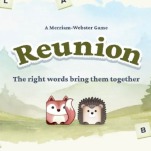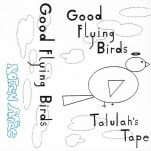In the Company of David Lynch’s Art, Our Hearts Expand
Photo by Bonnie Schiffman/Getty Images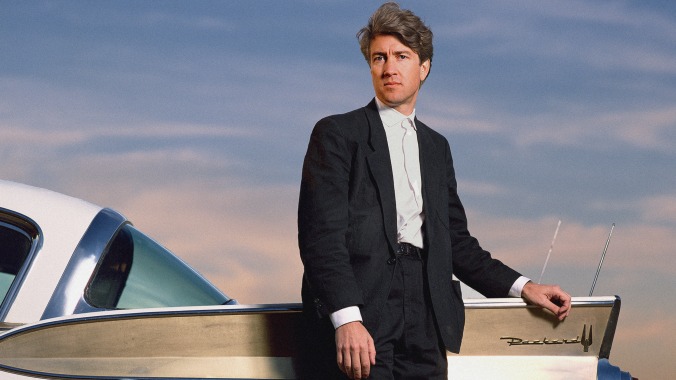
Yesterday, word broke that David Lynch left us. It was fitting that the news was delivered via his Facebook page rather than as a statement from some big-wig news outlet. It felt odd, like the kind of thing a person who posted “weather reports” on Twitter during a global pandemic would certainly do. In that case, it felt apt. It had been rewarding, even in grief, to see my social media pages flooded with memories, affirmations and goodbyes to David. January 16th unraveled similarly to his own work, as a great measure of love—it was a transcendental adieu, bid generously by thousands upon thousands. Culture can often be such a vacuum, but how warm it was to post into the void with the rest of David’s children, to watch ourselves reckon with a kind of earth-shattering vacancy we never hoped would come and find some tribute in it. There was comfort in reading Twin Peaks co-writer Mark Frost’s words last night, that “the man from the other place has gone home.”
But many of us knew our time with Lynch was thinning. Last year, he let the world know that he was permanently housebound due to contracting emphysema from his years of heavy smoking. He’d quit smoking in 2022, after spending nearly 70 years with the habit, but, by 2024, he was on supplemental oxygen just so he could walk across a room. “I don’t regret it, it was important to me,” he told People. “I wish what every addict wishes for: that what we love is good for us.” Perhaps it was his years of meditation that guided him into a place full of such content. But he was always kind in that way, curbing violence and trauma with switches of love, of caring without caution.
And still, those words written by his family—“It is with deep regret”—puncture upon entry. As I began processing the loss, I began to worry that a part of me was now gone. Discovering David Lynch’s art in my teens helped me come out as queer in my twenties. I arrived at his work in the early throes of 2017, when I was newly 19 years old and nearly done with my first year at college—the same age my mother would have been when she and the rest of her friends gathered around a television set to watch Twin Peaks premiere on ABC, in the very same campus dormitory where I watched it for the first time. I had spent my youthful summers watching Days of Our Lives episodes with her, opening my heart to the melodrama of a touch-too-much soap operas as Rafe Hernandez’s doppelgänger Arnold sought to mar his relationship with Sami. In some ways, I was primed for a picture like Twin Peaks, for the murder-mystery, persona-heavy, existential gravitas of Dale Cooper and Laura Palmer’s tragedy—the story of a do-gooder and a victim; repercussions in the company of love and dreams; a savior complex unmasked by utter strangeness.
-

-

-

-

-

-

-

-

-

-

-

-

-

-

-

-

-

-

-

-

-

-

-

-

-

-

-

-

-

-

-

-

-

-

-

-

-

-

-

-



